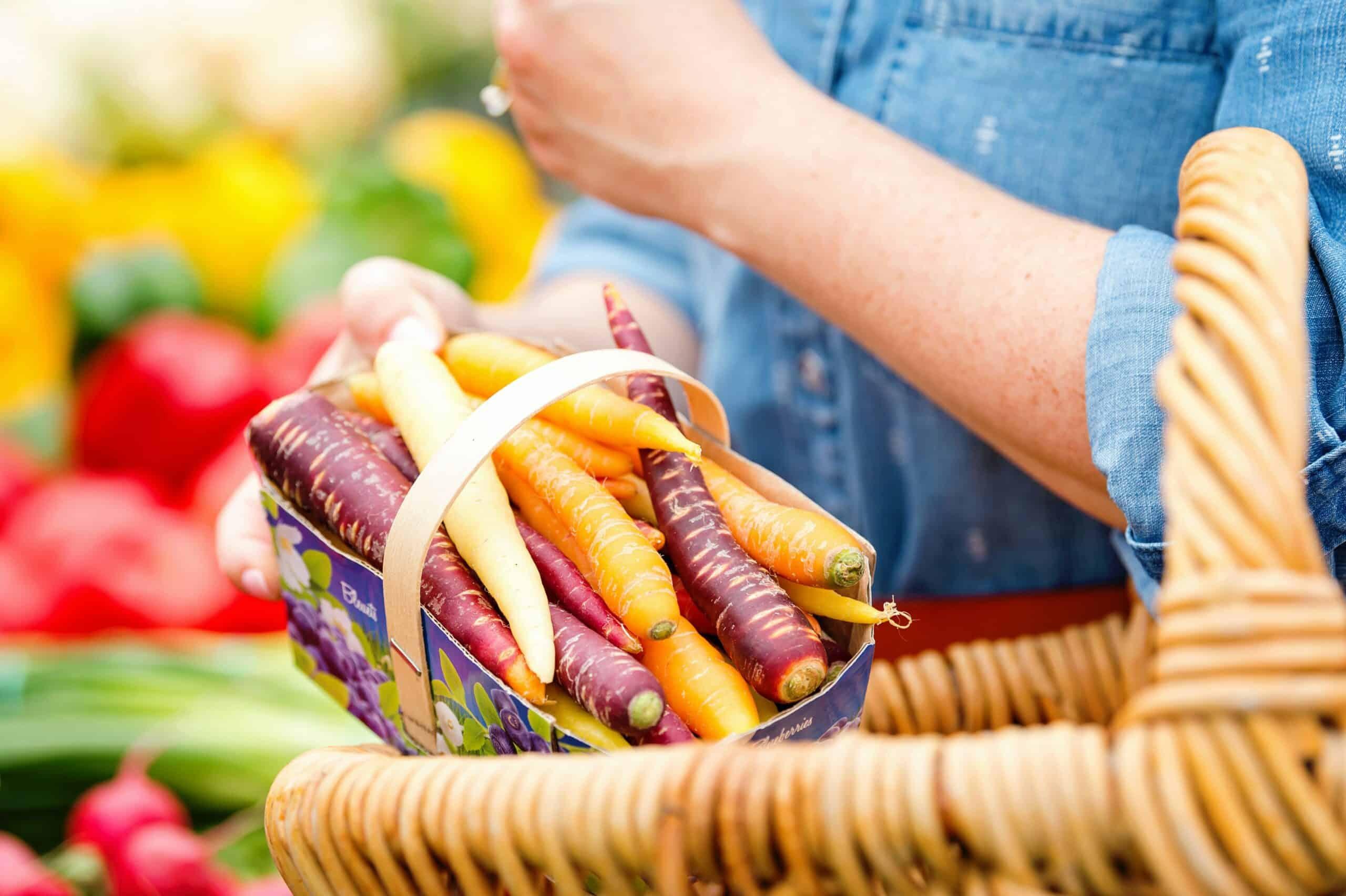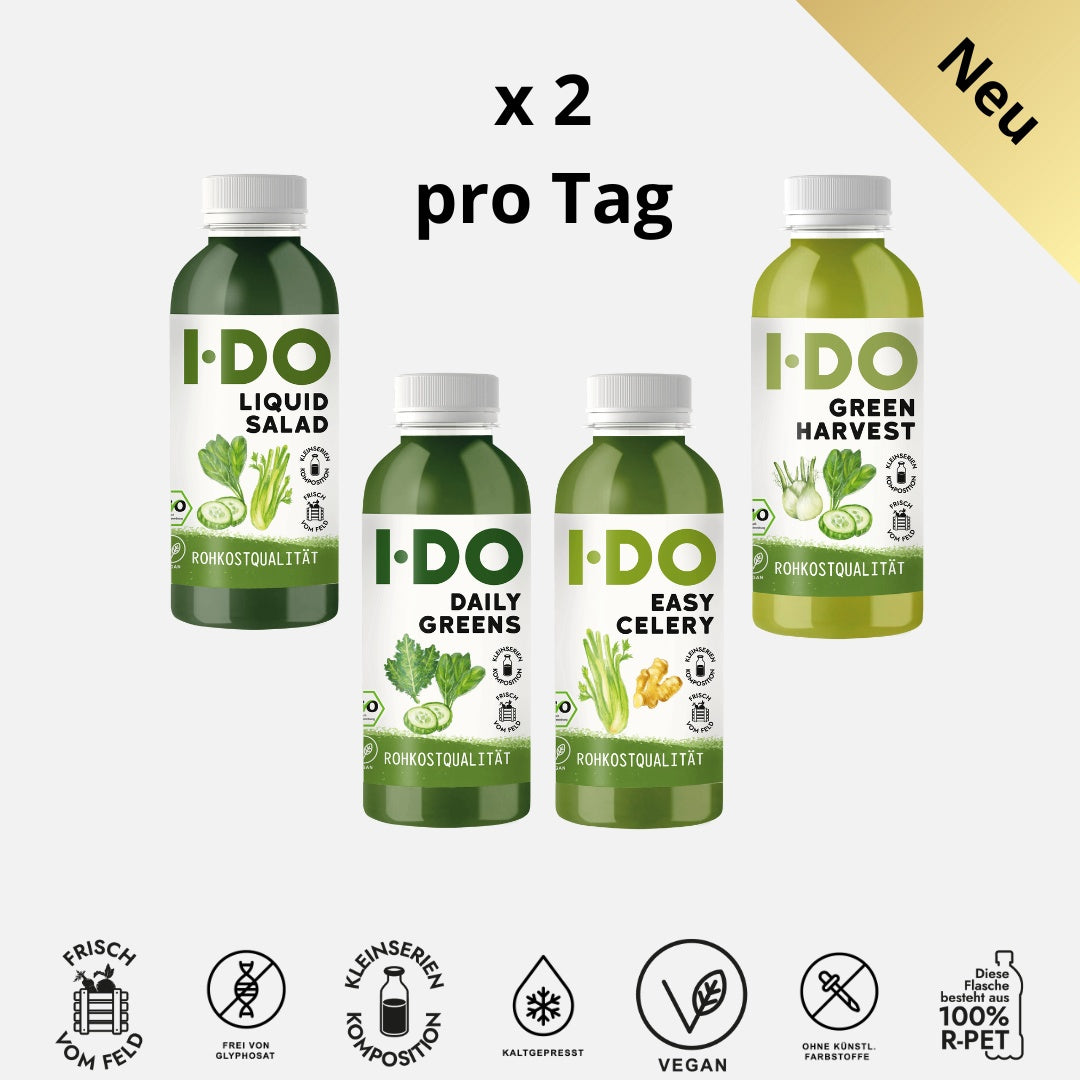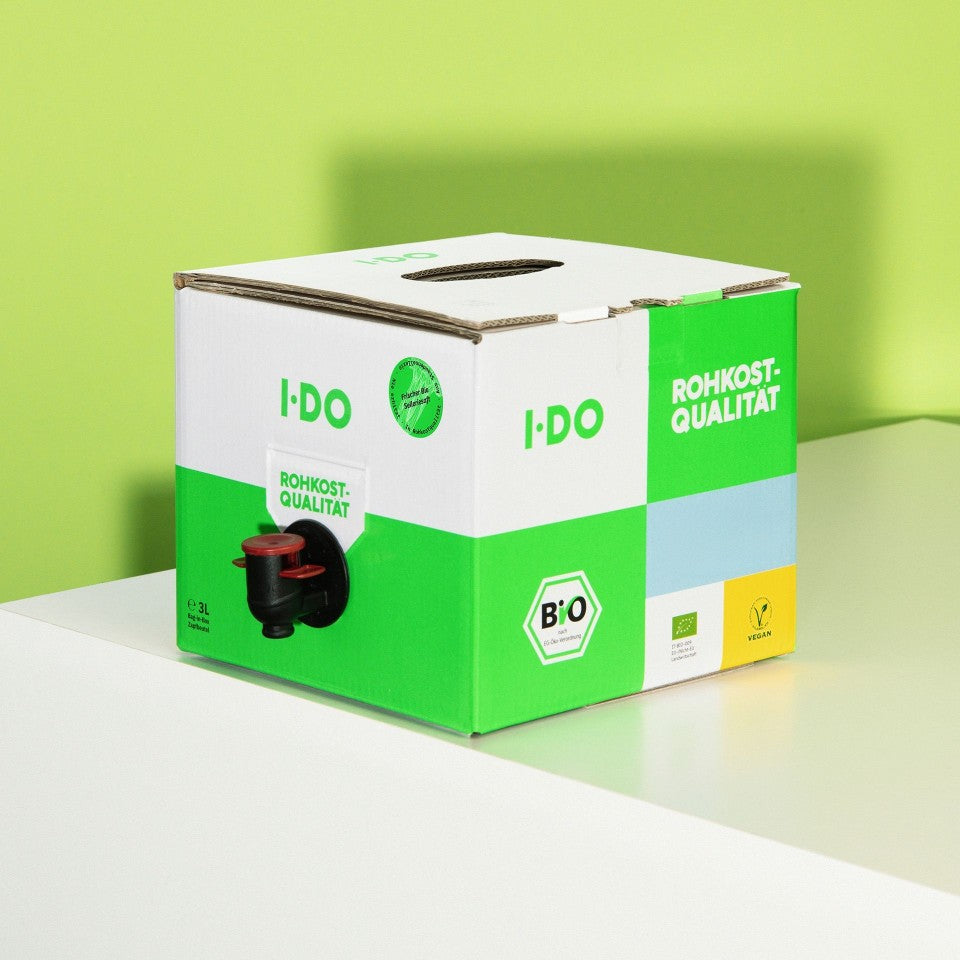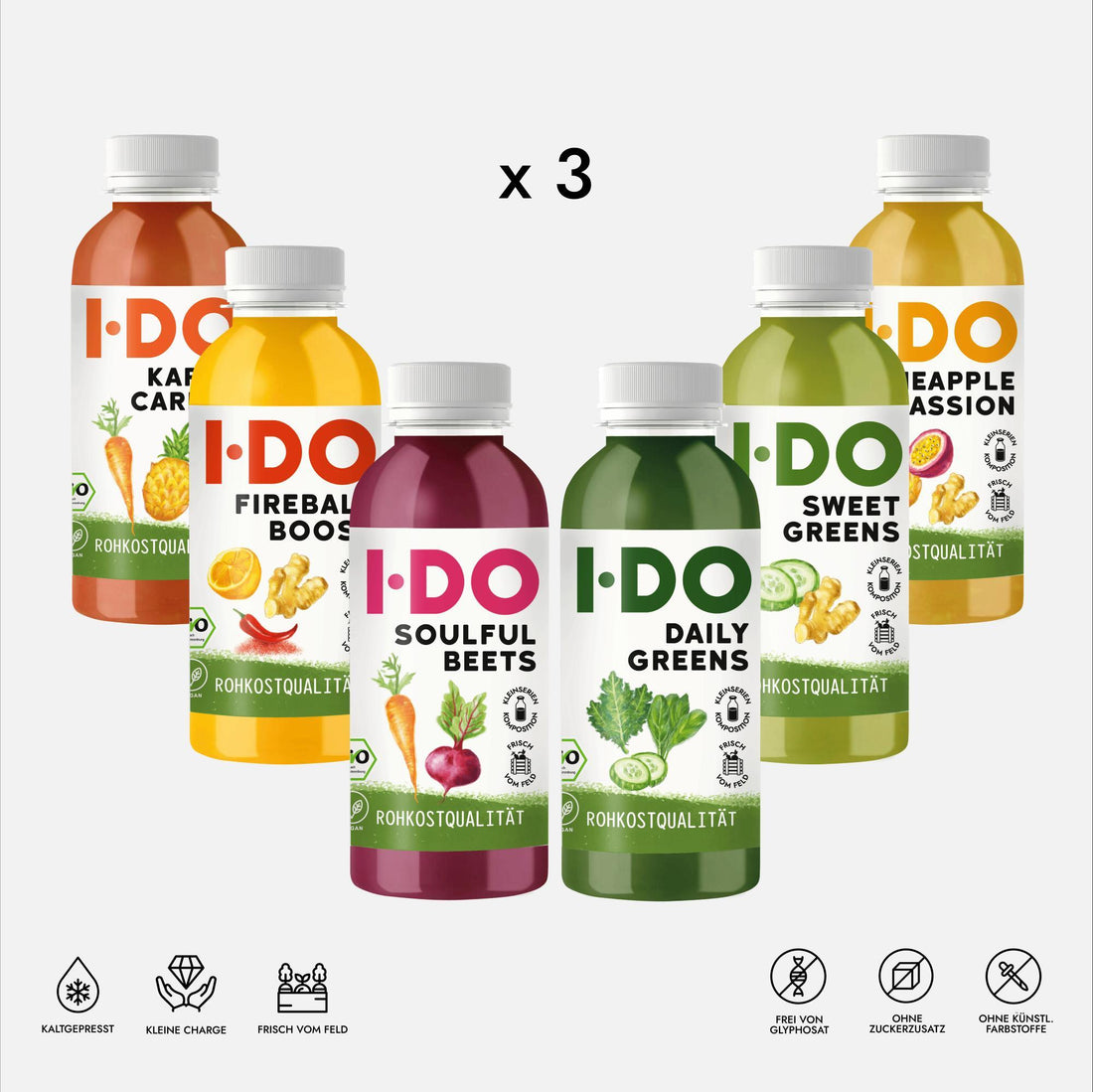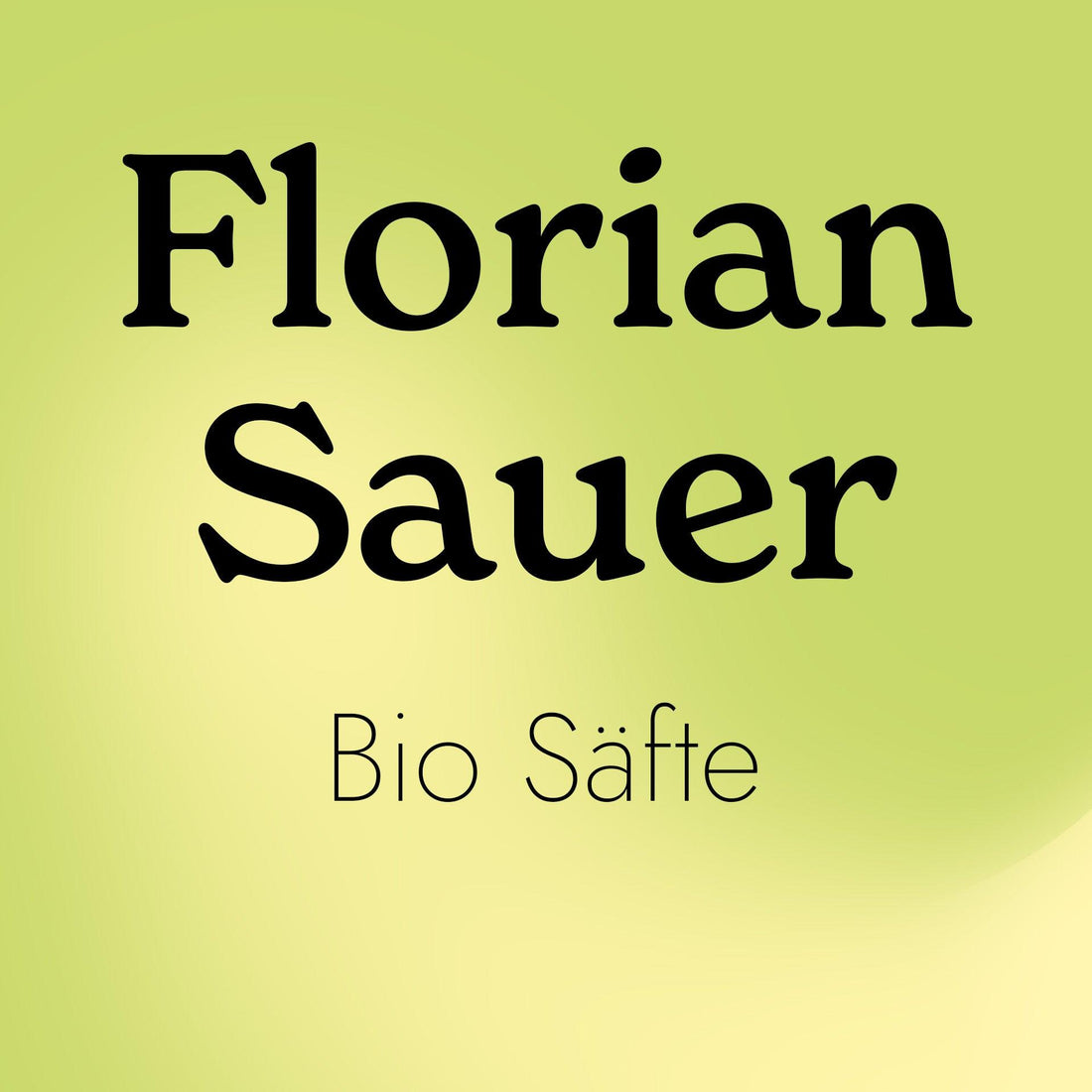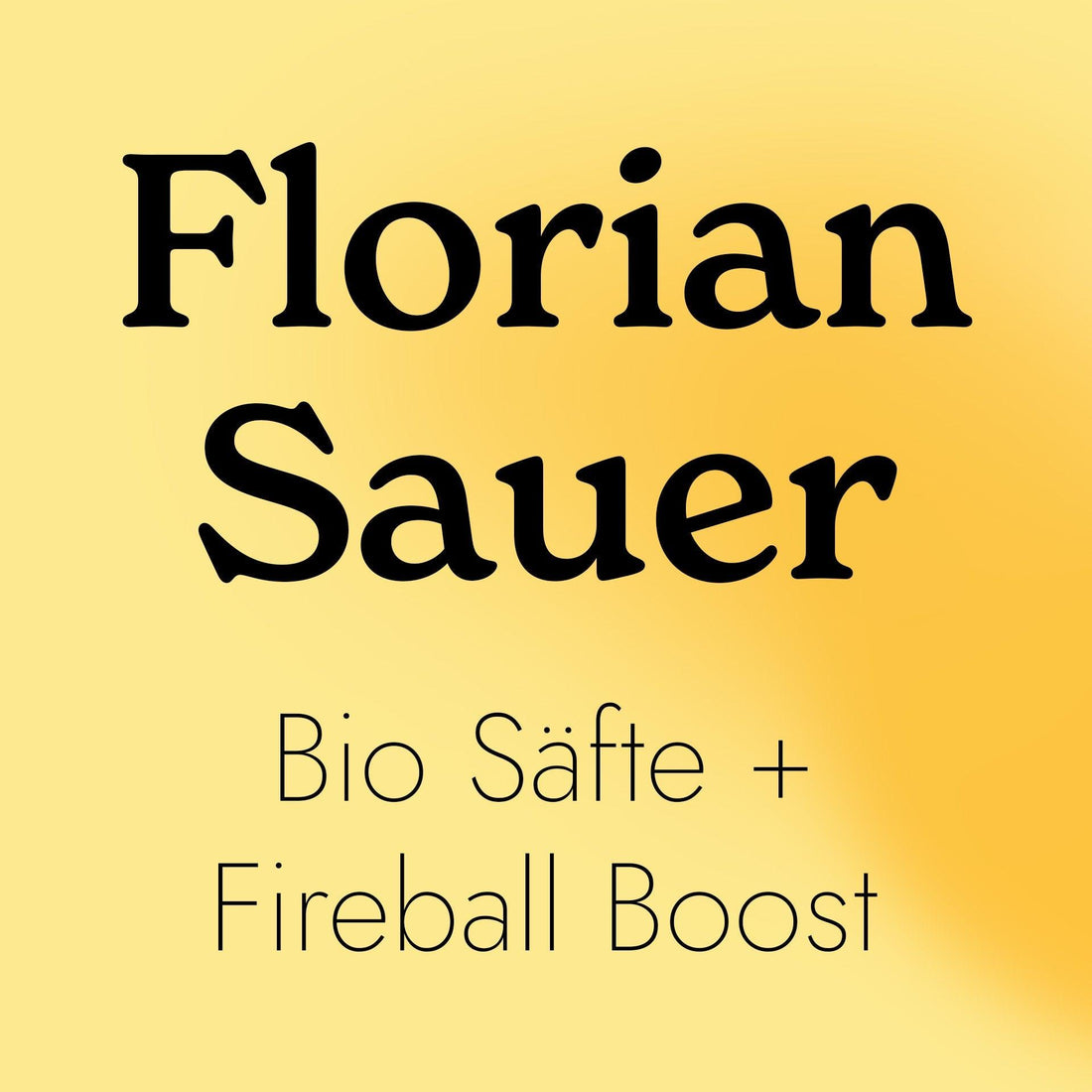Organic seals are no longer just found in farm shops and small organic chains, but discounters also offer a growing range of organic products. As an end consumer, you can get a little confused with all the terms like organic, biological, eco and ecological. The good news is: All of these terms are legally protected in the EU - at least in the case of food - and may only be used after careful checking. But what really lies behind the individual logos and where certain terminological traps are hidden can be found here.
What does organic actually mean?
Unfortunately, there is no general answer to this question. Ultimately, it all depends on the product you are holding in your hand. Depending on the product, organic can either be a state-certified and trustworthy seal or an empty marketing term. At least with food, there is a little more clarity, because here organic is a protected term. Things are very different with cosmetics, medicine or clothing. In this article, however, we want to take a look at food and get a little wiser from the confusion of organic seals. Because a lot has happened in the organic scene in recent years.
The usual organic seals
End consumers recognize organic products by the widely used EU organic logo in the form of a green leaf. It is mandatory for all packaged organic products within the EU that comply with the EU guidelines for organic farming. Since 2001, the hexagonal organic seal has also been used in Germany. Product manufacturers can voluntarily add this organic seal to the mandatory EU organic logo leaf. The introduction of the hexagonal logo was seen as an important step in the further development of the organic market.
But what is really behind the organic seals?
The EC Organic Basic Regulation sets out the minimum requirements for organic food within the EU. It defines exactly how agricultural products that are labelled with an organic seal must be produced and manufactured.
The organic seal is only awarded after careful checking to ensure that all criteria of the EU legislation on organic farming are met. These include:
- In organic farming, no pesticides or mineral fertilizers may be used
- At least 95% of the ingredients must come from organic farming
- No flavour enhancers, artificial flavours, stabilisers or synthetic sweeteners may be used
- Genetic engineering is strictly prohibited
- A maximum of 50 additives are permitted in the processing of organic food. That may sound like a lot, but there are over 300 additives that are regularly used in conventional food
- In the case of animal husbandry: Animals must not be fed with antibiotics or growth hormones. In addition, tethering of animals is not reimbursed
Other organic seals
In recent years, the EC organic regulation has been criticized repeatedly because it only sets minimum standards. For example, organic fruit and vegetables are often packaged in plastic and even though organic animal husbandry is better than conventional, mass production still takes place. For example, organic farmers are allowed to keep up to 3,000 chickens in one barn, which means that six chickens have to share one square meter. This has led to the desire for even stricter guidelines. German organic associations such as Bioland, Demeter and Naturland are building on the EU's minimum requirements with additional rules.
Attention, there is no organic in this
There are a number of flowery formulations that fool the buyer into thinking that the product is a green, rural idyll and has plenty of space for animals to roam, although it is by no means an organic product. Examples of these formulations include:
- From controlled cultivation
- From an alternative perspective
- From environmentally friendly cultivation
- From state-approved farms
- Under independent control
- Unsprayed
Conclusion
The boom in the organic market has also led to an exponential increase in organic seals. As positive as that may sound, it is difficult for the end consumer to keep track of everything. For this reason, the state organic seal was introduced in Germany in 2001. This easy-to-understand organic seal is intended to allow consumers to see at a glance whether a product is organic. At I·DO, we attach great importance to organic production and all of our products have the EU organic logo and the hexagonal organic seal on them.


